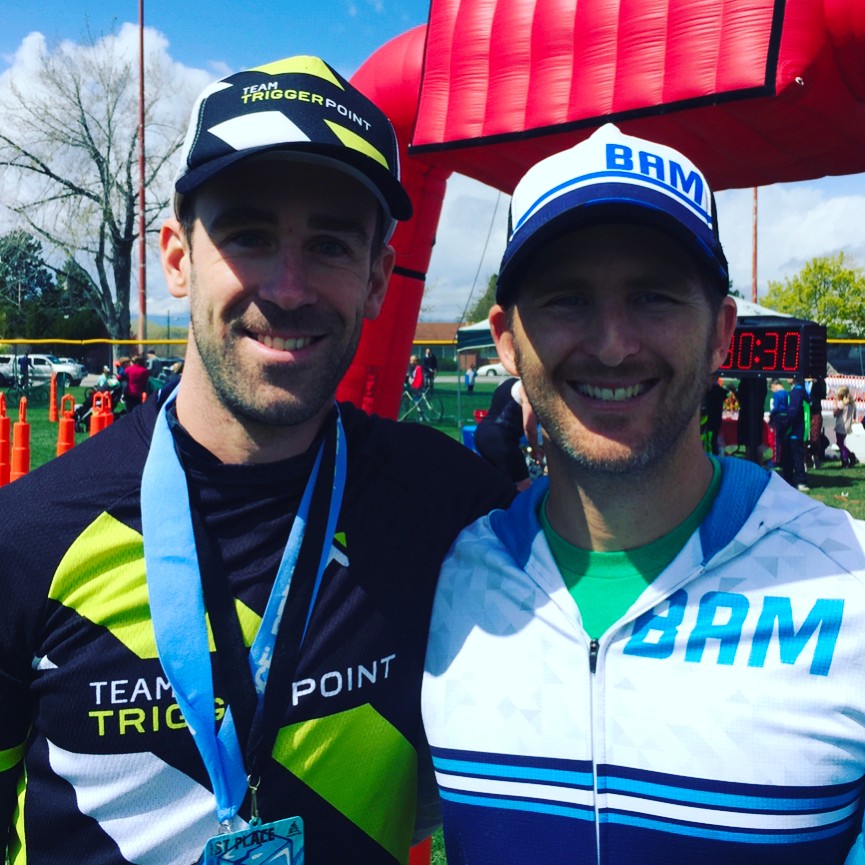Weight Loss and Management: Nuts and bolts from a physician
This is a guest post on weight loss and management from my friend and former classmate, Taylor Christensen. He blogs over at Clear Thinking on Healthcare. My go-to resource on weight loss and management is Matt Fitzgerald’s Racing Weight. That book is useful if you are pursuing performance as a very active person or competitive athlete, as I am with triathlon. Having read Matt’s book, I enjoyed his research-based, field-tested, no-dogma approach to nutrition. Similarly, I appreciate Taylor’s straightforward look at the fundamentals. Knowledge like this is useful when well-meaning friends, who are ideologues about nutrition, and glossy marketing fluff come your way. Enjoy.

Speaking as a physician for a moment, I’ve had a long interest in weight loss, and over the years I’ve accumulated a list of things that I believe anyone trying to lose weight (or trying to avoid gaining weight) should know.
If you have any questions about these points, please ask.
Here are my 9 Principles of Weight Loss:
1. Changes in total body weight are attributable to changes in the amount of fat, muscle, water and stool in your body.
Daily/hourly variations are water and stool.
Fat and muscle change slowly over the long term.
If your weight isn’t decreasing over weeks, it’s either because you’re not losing fat or because you are losing fat AND gaining muscle at the same time (if you have increased your exercise recently).
2. 80% of weight loss is dietary, 20% is exercise.
To lose weight, the focus needs to be on your diet.
Exercise has huge mental and physical health benefits (including motivating you to do better with your diet), but it’s not the primary thing that will directly make you lose weight.
An example: It’s a lot easier to not eat a 900-calorie piece of cake than it is to exercise off that extra 900 calories (a 200-lb person would have to run about 6 miles to burn 900 calories).
3. Weight loss is simple math.
You must take in fewer calories than you expend.
If you expend more calories than you take in, you will lose weight (assuming muscle mass is constant). No exceptions.
There are thousands of things that predispose to weight gain or make weight loss more difficult for people (including genetics, sleep, stress, medications, insulin resistance, etc.), but all these things can only affect weight either by causing you to eat more calories or burn fewer calories.
4. There are only three types of calories: proteins, fats and carbohydrates (aka ‘carbs’).
One calorie of protein = one calorie of fat = one calorie of carbs.
But carbs are different in an important way — they also affect hunger/fullness hormones. Eating carbs stimulates more hunger/cravings, which usually leads to you eating more calories total. The more processed (i.e., “simpler”) the carbs, the more they seem to stimulate those cravings.
5. Our bodies are amazing at interconverting these three types of calories, so your diet’s balance of carbs vs fat vs protein is less of a concern for weight loss.
There are a couple caveats to this.
First, as mentioned already, eating lots of carbs, especially simple ones, is going to make it more difficult to lose weight due to the extra hunger they stimulate.
Second, for some people, the timing of eating and also mix of calories (proteins vs fats vs carbs) may have a nontrivial effect on how many calories their bodies are burning. These caveats (and many others not mentioned) do not change the calories in vs calories out equation, and their importance varies by the person.
6. One lb of fat is about 3,500 calories.
A calorie deficit of 500 calories per day means 1 lb of weight loss per week.
7. Setting your daily calorie limit so that you will have a 500 calorie deficit per day (it’s calculated based on your age, gender, size, and activity level) and then tracking every calorie you eat to make sure you don’t go over that limit is a GUARANTEED way of losing 1 lb per week.
The preferred calorie tracking app for this seems to be MyFitnessPal.
This calorie limit will be fewer calories than your body is used to taking in, so you might feel hungry for a few weeks until your hormones adjust to this new intake, and then you will find that you’re not hungry like you used to be and even feel overfull if you try eating as much as you used to.
If you are not losing 1 lb per week, it is because you are either:
- eating more calories than you’re tracking (food labels can be at fault sometimes)
- burning fewer calories than the calculation estimated, or
- gaining muscle mass.
8. Being thin and being healthy are not the same.
You can eat horribly and have a sedentary lifestyle and still lose weight as long as you don’t consistently go over your daily calorie limit.
So please exercise and eat lots of vegetables, not for your weight but for your health.
9. The above points should make it clear that, to lose weight, you do not need to adhere to some strange or restrictive or trendy diet.
Chances are, these will not be sustainable for you anyway. The sustainable way to lose weight and keep it off is to enjoy food, eat healthfully in a way that fits your life and to not eat too many calories.
Taylor originally published this April 18, 2019. The comments there are worth looking at too. Thanks T!























